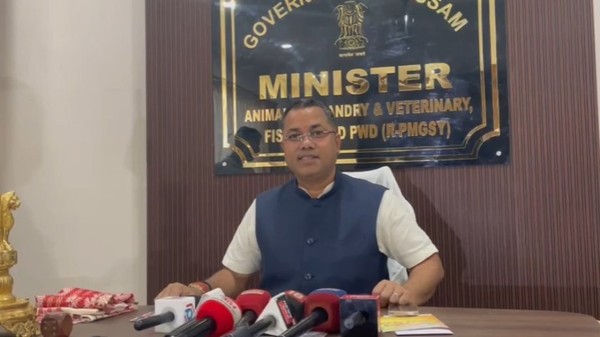

By signing in or creating an account, you agree with Associated Broadcasting Company's Terms & Conditions and Privacy Policy.


By signing in or creating an account, you agree with Associated Broadcasting Company's Terms & Conditions and Privacy Policy.

New Delhi: In truth, Lamborghini is one of the most beautiful and out there cars that has ever been made. It had the outrageous looks, thundering power, and a character that left most critics comparing it with Italian architecture and history. It came to life as a replacement for the Murciélago, with a naturally aspirated V12.
The Aventador soon became the brand’s benchmark for design. Everything from here on had to be better than the Aventador in terms of design, performance, and everything else. What Avantador confirmed was that, despite everything, the soul of the car would remain intact as Lamborghini went from analogue to digital.

The Aventador came with a 6.5-litre naturally aspirated V12 engine, which was what had powered every flagship Lamborghini since the 350 GT. Depending on the version, power ranged from 700 hp in the early LP 700-4 and went as far as 780 hp in the final Ultimae edition. Torque figures were equally impressive, falling around 690 Nm.
It was mated with a seven-speed Independent Shifting Rod (ISR) transmission, which was a single-clutch automated manual built for lightning-quick shifts. Power was sent to all four wheels with a Haldex-based all-wheel-drive system, making the Aventador use the power quite efficiently.
In terms of performance numbers, it could do 0-100 kph in just 2.8 seconds and had a top speed of 350 kph. These numbers made it a direct competition among the Ferrari F12 Berlinetta, McLaren 720S, and Porsche 911 Turbo S.

Lamborghini’s design was always the one that sent shockwaves across the world, and the Aventador kept that tradition alive well enough. Its bodywork was designed with sharp edges, deep cuts and came with hexagonal motifs inspired by fighter jets. The iconic scissor doors come from the Countach, making it an iconic feature.
It was built on a carbon-fibre monocoque chassis, which made the Aventador both light and immensely rigid. The design was quite functional, coming with active aerodynamics and large air intakes in order to deliver both stability and cooling at high speeds. The later versions, like the SV and SVJ, came with more aggressive splitters, wings, and carbon fibre panels that enhanced both performance and theatre.

Inside, the Aventador mixed old-school excitement with modern technology. The cockpit was tight and driver-focused, with a digital TFT display inspired by aircraft instrumentation. The switchgear, start button under a red missile-style cover, came with luxurious leather or Alcantara upholstery. It had elements that made it feel like nothing less than an aircraft.
Despite its drama, the Aventador remained surprisingly refined, offering a mix of comfort and ferocity that few cars had back in the day. The cabin could be customised with Lamborghini’s Ad Personam programme, offering innumerable combinations of colours, trims, and types of stitching.
The Avnetador forged a new face for the Lamborghini brand while marking the end of an era with this being the last example of the naturally aspirated V12 before the brand moved to hybrid with Revuelto. It brought with itself the quality of Miura, Countach, Diablo and Murciélago. With more than 11,000 units sold, it gave the brand a new direction.








